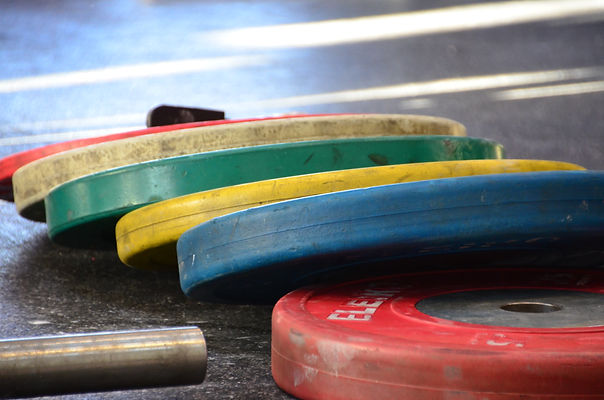Working with the Female Athlete Part 1: Injuries and the ACL
- Dave McDowell
- May 25, 2015
- 3 min read
What benefits will strength and conditioning programs offer for the female athletes? In part 1 I will be discussing the role of the strength and conditioning program on INJURY REDUCTION in female populations. More specifically we will center upon the reduction of ACL injuries in female athletics. Unfortunately many females still do not understand the benefits of a properly designed strength and conditioning program on their performance. Worse still is that many athletes who are training are in programs not specially designed at increasing their performance but aimed at making them work hard with no regard for technique. Perhaps the best weapon the female athlete has against the reduction of injury is developing proper coordination and technique across all athletic tasks.

It is no secret that females are at an increased risk of many serious injuries as compared to their male counterparts. In fact over a 13 year period Agel et al. explored the differences between contact, and non-contact ACL injuries in both male and female volleyball and soccer athletes, they determined that ACL injuries were significantly more frequent in the female athletes [1]. In looking at many different sports female athletes had higher incidences of knee and shoulder injuries than males [2]. These types of injuries are often more serious.
Females are generally at a greater risk for ACL injury due to poor motor control, low strength levels, and inappropriate landing mechanics. A well designed strength and conditioning program will help to address and strengthen all of these concerns. More recently it has been established that in order to reduce the risk of ACL injuries in female athletes it’s vital to undertake a neuromuscular training program aimed at increasing upper body, trunk and lower body control as well as muscular strength and landing mechanics so as to land with less ground reaction force [3].
How can we accomplish this?
The best part about female injury reduction training is that it follows the parameters of comprehensive strength and conditioning training. Regardless of sporting position, age, or skill level; similar qualities need to be emphasized continually. There is even confirmation that if this training can begin before the onset of adolescence than will be more effective at long term reduction in the incidence of injury [4]. Non-contact ACL injury rates have been reduced as much as 3.3x when a strength and conditioning program is followed [5]. The female athlete needs to spend considerable amounts of time increasing her strength level through the lower body. Variations of squats, split squats, step ups, RDLs, and other movements can be utilized to accomplish this. On top of that the instruction and repetition of jumping, landing, and moving strategies will ensure the athlete is in a good position during her sporting activities. Year round training should be a big consideration for the female athlete; as little as 14 days of non-training in athletes can induce significant reductions in strength [6]. Through year round training female athletes will maintain and advance all of the factors associated injury reduction. In part 2 we will discuss specific methods that have been employed with success in the reduction of injury incidence.
References:
Agel, J., E.A. Arendt, and B. Bershadsky, Anterior cruciate ligament injury in National Collegiate Athletic Association basketball and soccer a 13-year review. 2005, American Orthopaedic Society for Sports Medicine. p. 524-531.
Ristolainen, L., et al., GENDER DIFFERENCES IN SPORT INJURY RISK AND TYPES OF INJU-RIES: A RETROSPECTIVE TWELVE-MONTH STUDY ON CROSS-COUNTRY SKIERS, SWIMMERS, LONG-DISTANCE RUNNERS AND SOCCER PLAYERS. Journal of Sports Science and Medicine, 2009. 8(3): p. 443-451.
Noyes, F.R. and S.D. Barber-Westin, ACL Ruptures in the Female Athlete: Can We Predict Who Is at Increased Risk and Can We Reduce Noncontact Injury Rates?, in The ACL-Deficient Knee. 2013, Springer. p. 23-39.
Myer, G.D., et al., The Influence of Age on the Effectiveness of Neuromuscular Training to Reduce Anterior Cruciate Ligament Injury in Female Athletes A Meta-Analysis. The American journal of sports medicine, 2013. 41(1): p. 203-215.
Gilchrist, J., et al., A randomized controlled trial to prevent noncontact anterior cruciate ligament injury in female collegiate soccer players. Am J Sports Med, 2008. 36(8): p. 1476-83.
Hortobagyi, T., et al., The effects of detraining on power athletes. Medicine and science in sports and exercise, 1993. 25(8): p. 929-935.








Comments